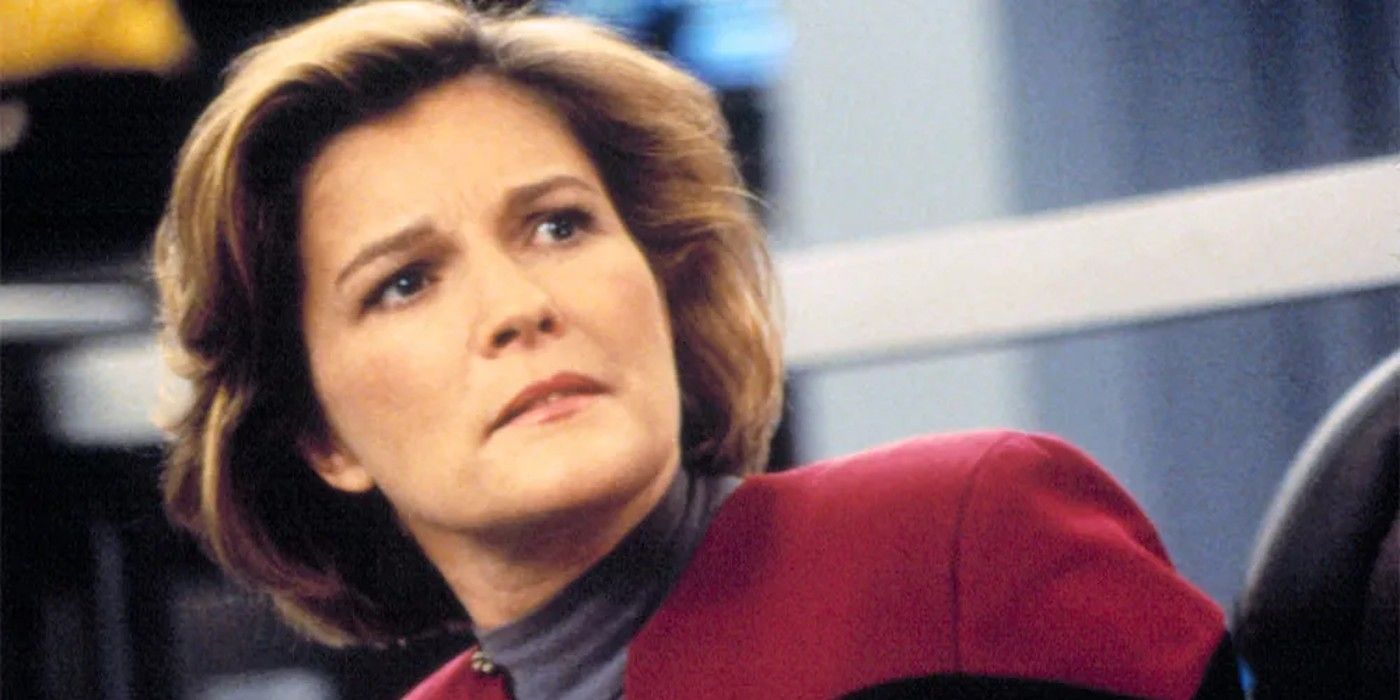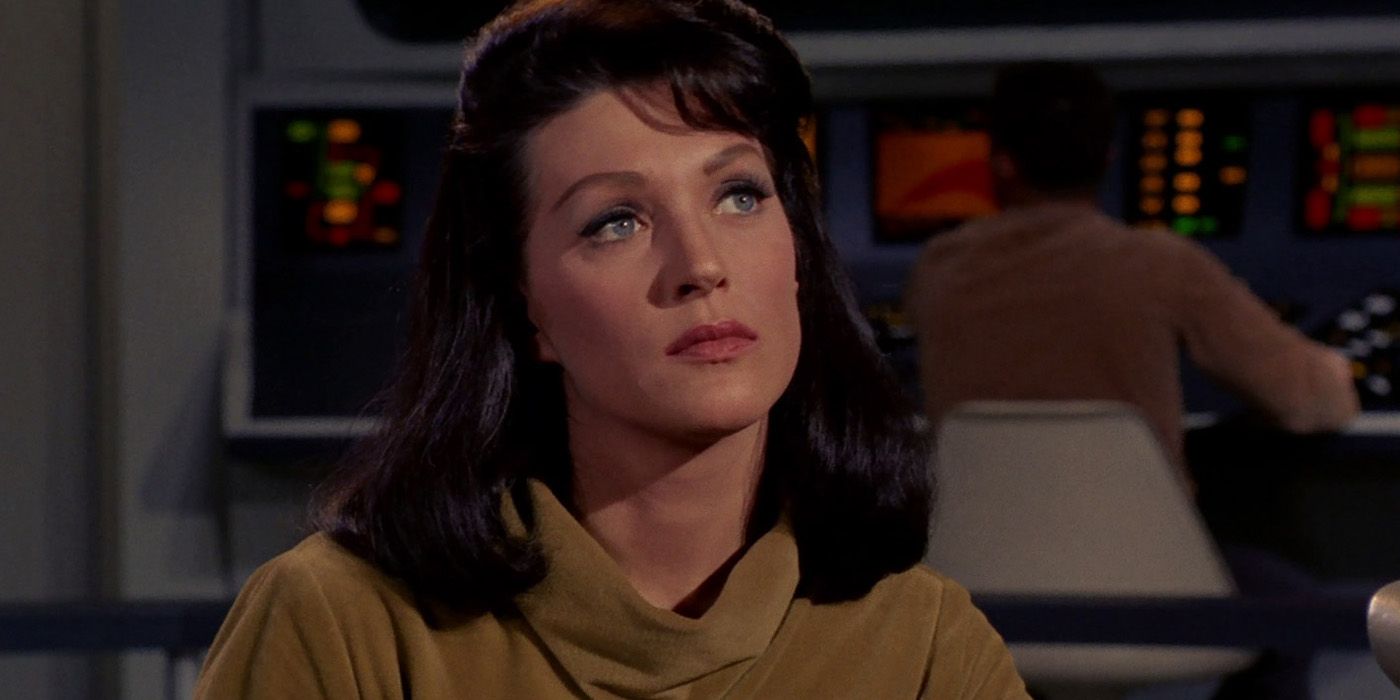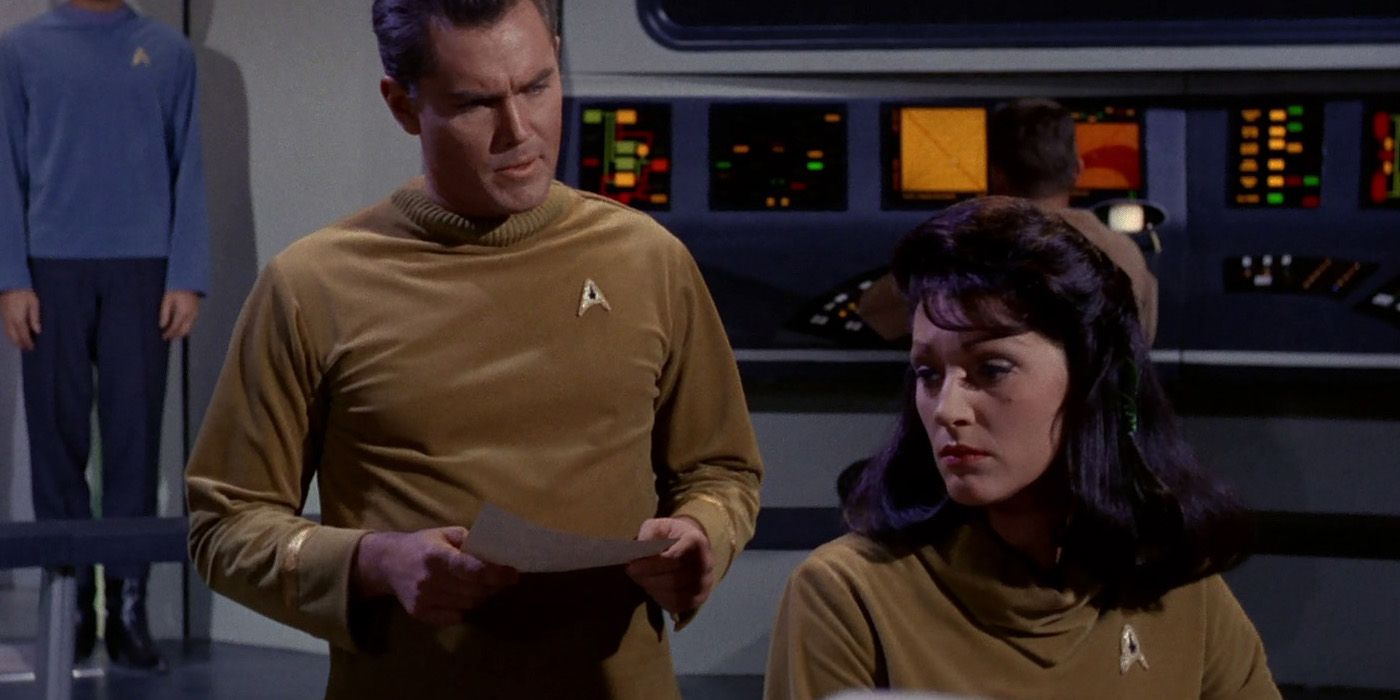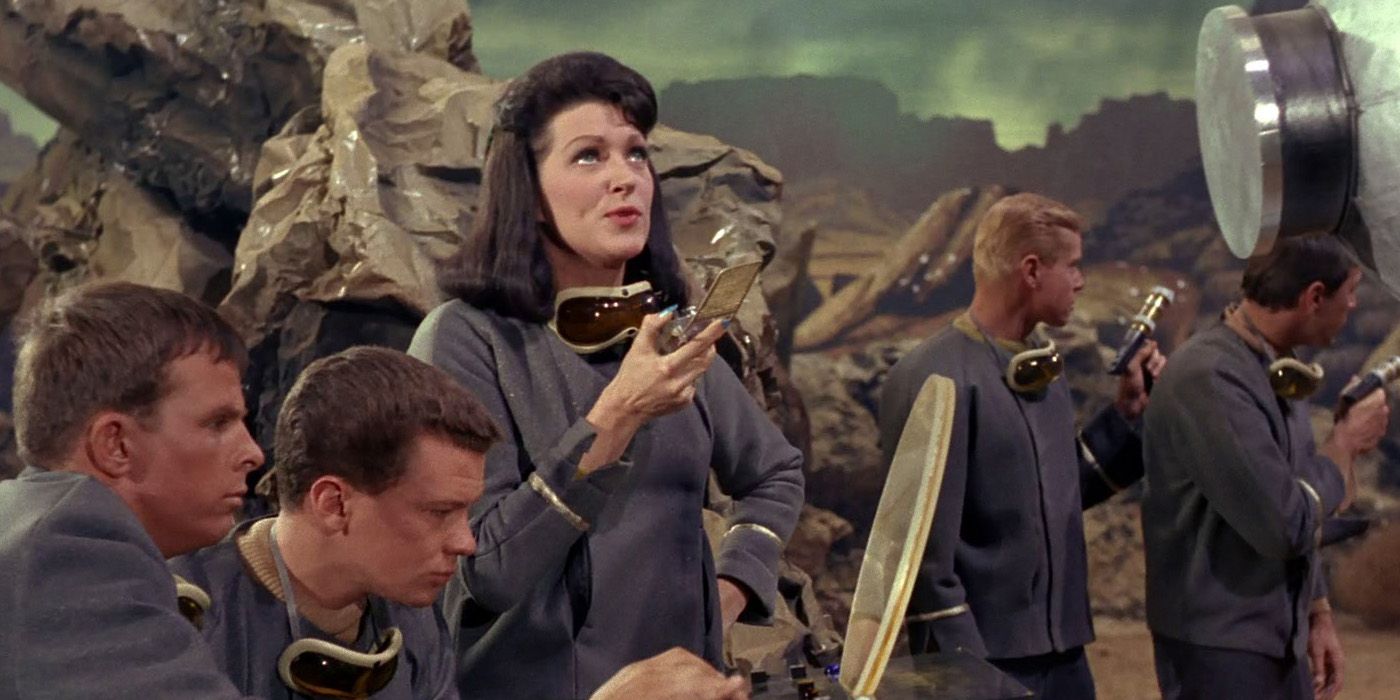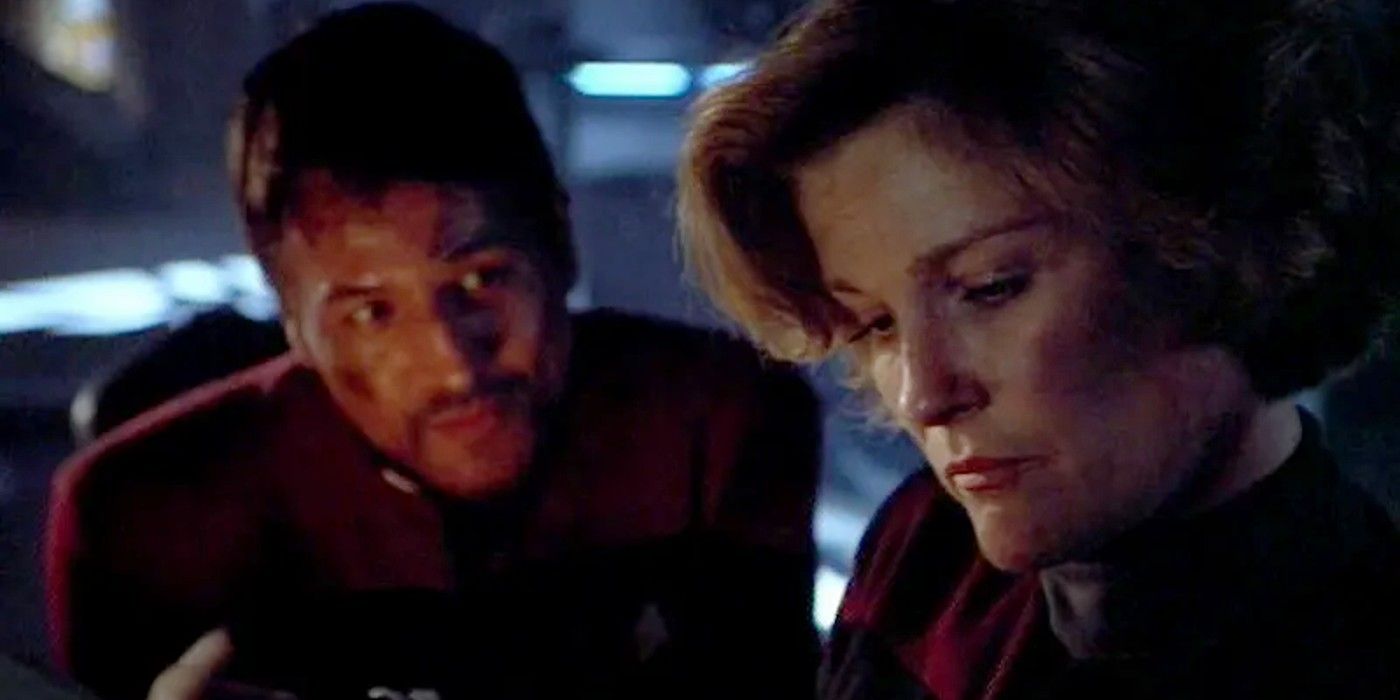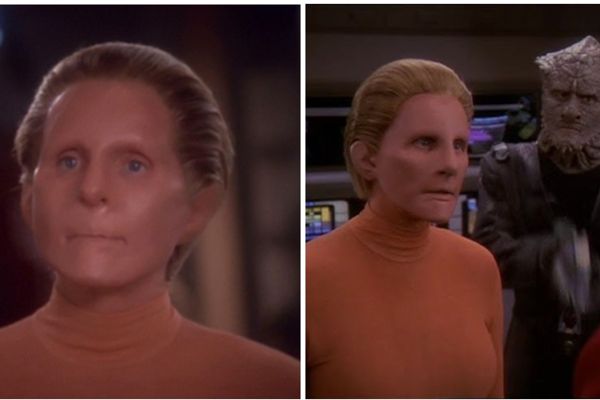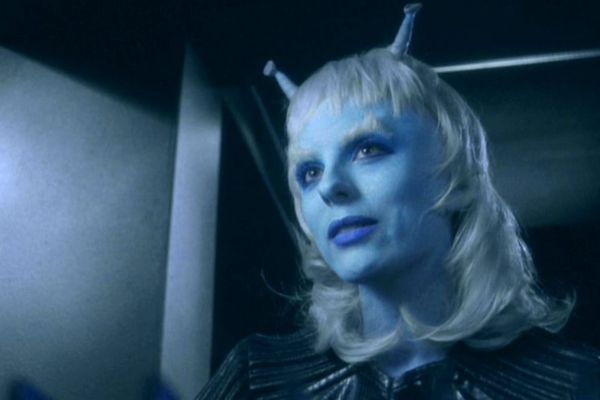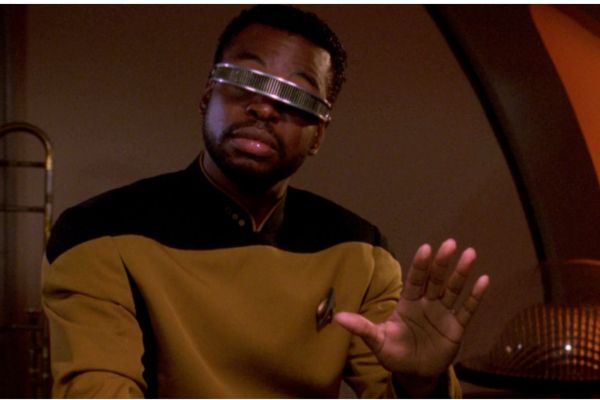
The Legacy of Captain Janeway: Would Roddenberry Approve?

Exploring the impact of Captain Kathryn Janeway as the first female captain to lead a Star Trek show and the potential approval of Star Trek creator Gene Roddenberry.
The Evolution of Star Trek's Gender Equality
Star Trek: Voyager executive producer Rick Berman explains that Star Trek creator Gene Roddenberry wouldn't have minded having a female captain in a leading role. Female captains had existed in Star Trek since Star Trek IV: The Voyage Home, but Voyager's Captain Kathryn Janeway (Kate Mulgrew) was the first woman to lead a Star Trek show in the series' history. Roddenberry passed away in October 1991, four years before Voyager premiered in 1995, so Berman and his co-executive producers Jeri Taylor and Michael Piller could only speculate on how Roddenberry would have felt about Janeway's command.
Janeway with her natural bob hairstyle from Star Trek: Voyager.
In The Fifty-Year Mission: The Next 25 Years by Mark A. Altman and Edward Gross, Berman highlights Mulgrew's Captain Janeway as one way that Star Trek: Voyager would differ from the series that preceded it. Roddenberry's acceptance of women as captains in guest roles on Star Trek: The Next Generation, which Gene consulted on, indicated that Voyager's next step forward for gender equality in the final frontier would have gotten the Roddenberry seal of approval.
Majel Barrett as Number One on the bridge in Star Trek: TOS
The existence of Number One (Majel Barrett), the female commander in Star Trek: The Original Series' first pilot, 'The Cage', serves as additional proof that Gene Roddenberry might have actively encouraged having a female captain in Star Trek. Gene's first concept included far more gender equality than what actually made it to 1960s television screens, with women comprising a full 50% of the USS Enterprise's crew, but network notes put the kibosh on Number One in a leadership role and gender parity in the crew complement. Roddenberry relented by reducing the female crew to 30%, but retaliated by keeping Barrett in the cast as Nurse Christine Chapel.
Majel Barrett as Number One and Jeffrey Hunter as Captain Pike in Star Trek: TOS
The Empowerment of Female Commanders in Star Trek
Number One's authority and competence is never in question on the basis of her gender, which provides a template for how a woman in command should be perceived in Star Trek that's expanded by Captain Kathryn Janeway in Star Trek: Voyager. Number One and Janeway are feminine, but never sexualized, and afforded the respect they deserve as leaders and scientists without a second thought given to the fact that they're women. Although the barrier of a woman in command wasn't broken in TOS, that original blueprint for Star Trek indicates it's pretty likely Gene Roddenberry would have approved of Star Trek: Voyager's Captain Janeway.
Majel Barrett as Number One leads an away mission in Star Trek: TOS
The Impact of Captain Janeway on Star Trek
Star Trek: Voyager broke new ground by placing a woman in command of a starship, setting a precedent for future Star Trek series and films. Captain Kathryn Janeway's leadership and the portrayal of female commanders in Star Trek have contributed to the ongoing legacy of gender equality and representation in the franchise. Whether or not Gene Roddenberry would have explicitly approved of Janeway, her character and the trailblazing role she played in Star Trek's history have left an indelible mark on the franchise.
Janeway and Chakotay in Star Trek: Voyager's episode Year of Hell.
